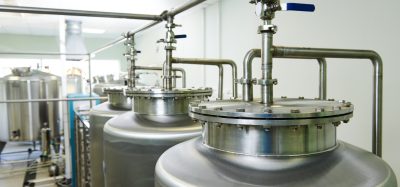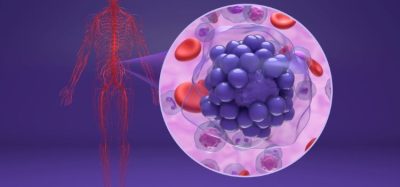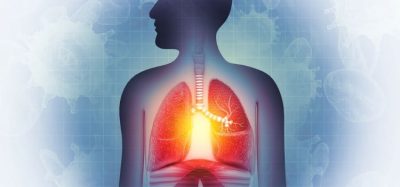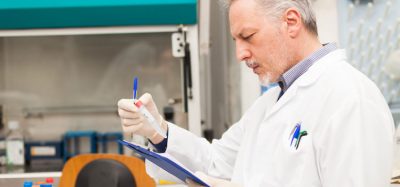Novel preservation method could improve storage of biologics
Posted: 9 May 2024 | Catherine Eckford (European Pharmaceutical Review) | No comments yet
Light-assisted drying (LAD) is a new optical processing technique for forming trehalose amorphous solids to preserve biologics, while avoiding the freezing step necessary for lyophilisation.
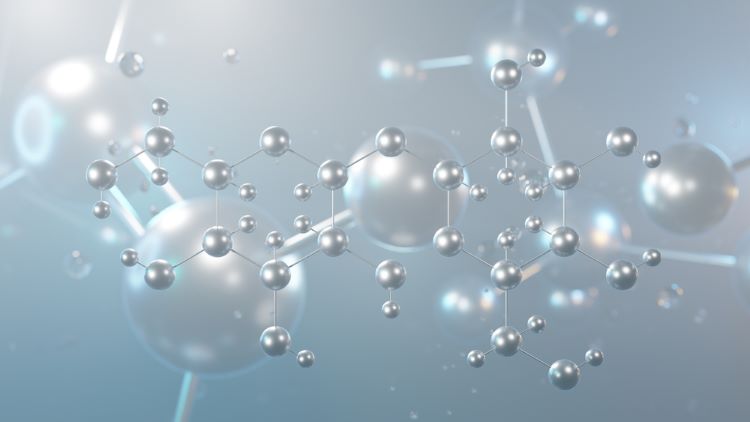

A study has reported the application of light-assisted drying (LAD) to large-volume samples (250 μL) that are closer to those used for doses of vaccines and therapeutics. According to the authors of the paper, this is “a five-fold increase in volume compared to previous studies”. While lyophilisation (freeze drying) is most widely adopted method for storing proteins, temperature-controlled storage can be time-consuming and costly, especially considering the thermal sensitivity of some biologics, the authors noted.
While previous studies have demonstrated that LAD can prepare small-volume (40 μL) samples, applying this approach to larger samples “remains unexplored”, according to Furr et al.
What did the findings show?
[Light-assisted drying (LAD)] can stabilise large-volume samples for dry-state storage at ambient temperatures [at 4◦C and at room temperature]”
The team used samples of a trehalose solution with an embedded protein. These were processed via LAD and stored for one month.
“The end moisture contents and thermal histories show high repeatability for LAD processing”, the paper reported. Furthermore, polarised light imaging showed that the trehalose matrix “was resistant to crystallisation”.
Further findings showed that “Raman spectroscopy indicated uniform water distribution [and] KF titration revealed a low average water content (2.5 percent)”.
Storage of biologics
LAD has potential as a novel preservation method for storing protein-based drugs, in a trehalose amorphous solid matrix at ambient temperatures. The method uses illumination by near-infrared laser light.
Usefully, trehalose can “form an amorphous solid at room temperature and can also act as a bioprotectant”.
The authors stated that LAD provides benefits such as:
- repeatable lyophilisation (freeze drying) rates and can help control the sample temperature during processing
- uniform distribution and uniform, low water contents of the trehalose matrix.
Additionally, LAD can be done in under three hours; “a relatively fast process” the authors explained. Importantly, it offers “the precise energy deposition during processing not offered by other drying techniques”.
Furr et al. concluded: “LAD can stabilise large-volume samples for dry-state storage at ambient temperatures [at 4◦C and at room temperature] and offers a potential solution for cold-chain storage challenges”.
The paper was published in Engineering Reports.
Related topics
Biologics, Biopharmaceuticals, Drug Supply Chain, Freeze Drying, Industry Insight, Lyophilisation, Protein Crystallisation, Proteins, QA/QC, Research & Development (R&D), Therapeutics



